What cultural things do you do to reduce BS?
gardenerzone4
12 years ago
Related Stories

MOST POPULAR10 Things to Ask Your Contractor Before You Start Your Project
Ask these questions before signing with a contractor for better communication and fewer surprises along the way
Full Story
GREEN BUILDINGThe Big Freeze: Inventors Break New Ground to Keep Things Cool
Old-fashioned fridges can be energy guzzlers, but there are more eco-friendly ways of keeping food fresh, as these global innovations show
Full Story
LIFE7 Things to Do Before You Move Into a New House
Get life in a new house off to a great start with fresh paint and switch plates, new locks, a deep cleaning — and something on those windows
Full Story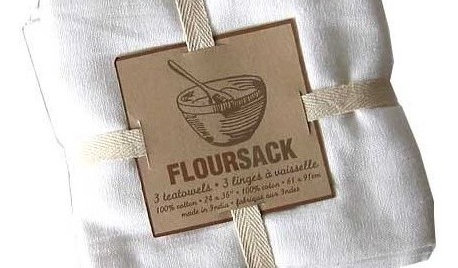
PRODUCT PICKSGuest Picks: Earth-Friendlier Finds for the Home
Reduce paper and plastic use the simple, stylish way with ecoconscious kitchen, laundry and bathroom items
Full Story
GREEN BUILDINGBuilding Green: How Your Home Ties Into Its Community
You can reduce your environmental footprint in a number of ways. Here are some ideas to consider when deciding where to live
Full Story
SMALL SPACESCould You Live in a Tiny House?
Here are 10 things to consider if you’re thinking of downsizing — way down
Full Story
HOME OFFICESQuiet, Please! How to Cut Noise Pollution at Home
Leaf blowers, trucks or noisy neighbors driving you berserk? These sound-reduction strategies can help you hush things up
Full Story
DECLUTTERING9 Exit Strategies for Your Clutter
How to efficiently — and regularly — rid your home of the things you don’t want
Full Story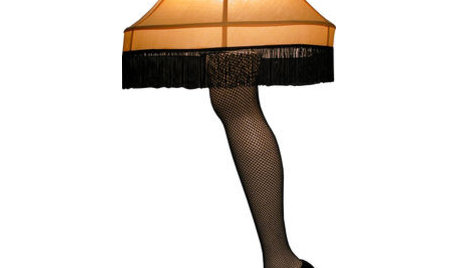
HOLIDAYSHouzz Call: Share Your Favorite Christmas Tradition
Is there one thing you do, watch or eat that heralds the arrival of Christmas? Post a photo and let us know!
Full Story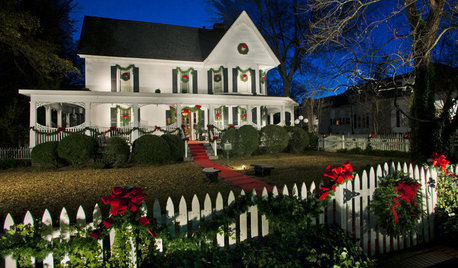
HOLIDAYSSurviving the Christmas Countdown: A Parent's Guide
Make things easier on yourself, for heaven's sake — and for the sake of truly enjoying the holiday with your family
Full Story



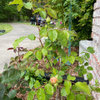
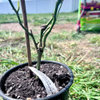

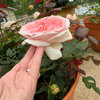
roseseek
sammy zone 7 Tulsa
Related Discussions
How do you reduce your lawn?
Q
What Corny Thing Do You Do...
Q
What BS do you visualize here?
Q
what’s the one thing you’d do to update this kitchen?
Q
roseseek
dublinbay z6 (KS)
roseseek
michaelg
milleruszk
seil zone 6b MI
roseseek
gardenerzone4Original Author
michaelg
seil zone 6b MI
bebba1
wirosarian_z4b_WI
michaelg
flaurabunda
seil zone 6b MI
wirosarian_z4b_WI
gardenerzone4Original Author
gardenerzone4Original Author
flaurabunda
seil zone 6b MI
michaelg
gardenerzone4Original Author
mariannese
michaelg
roseseek